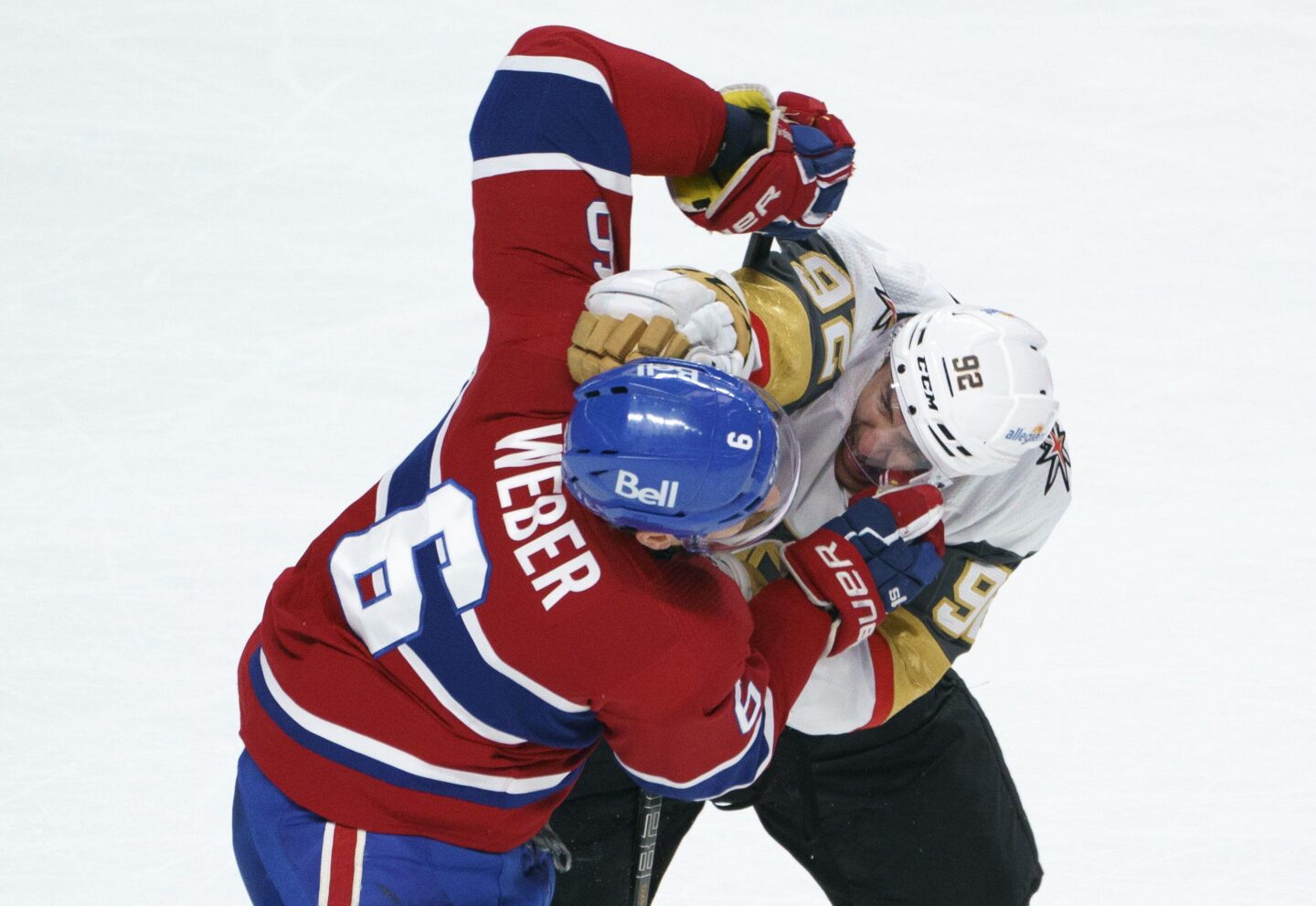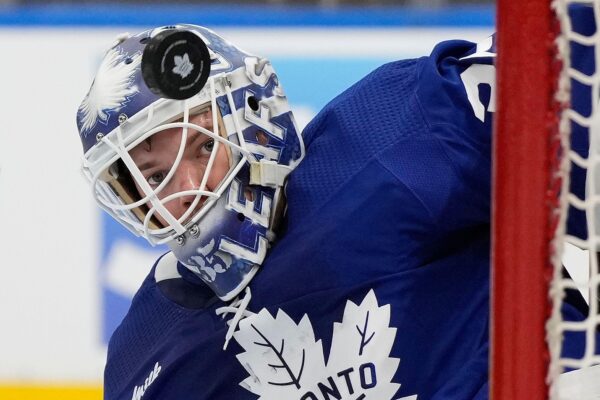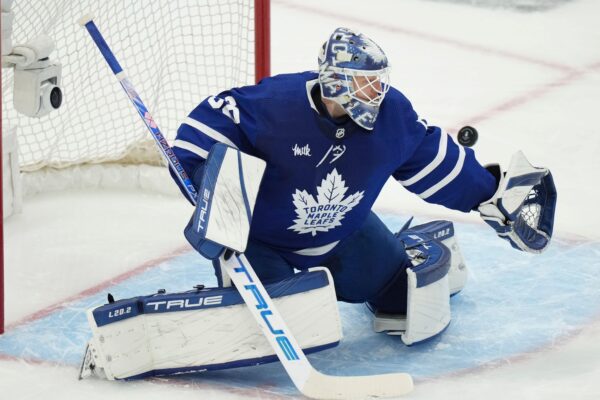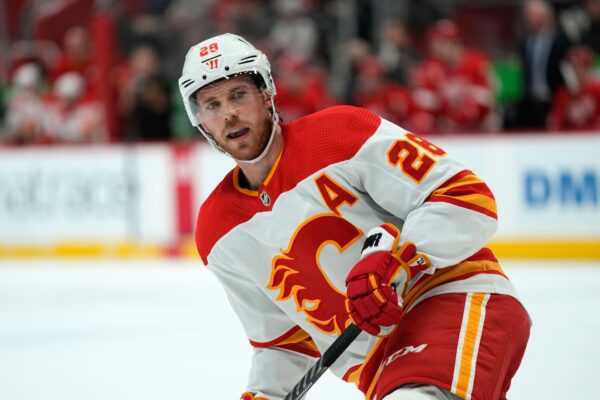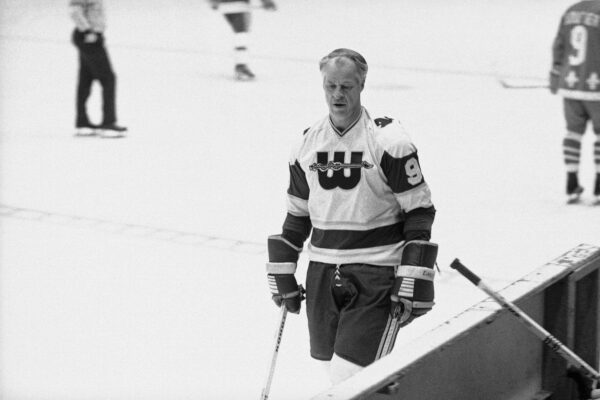We’ve spoken about Ice Hockey fights before.
The last time it was about the Quebec legislature looking to ban it in their Junior leagues. This time there’s startling new research which shows that fighting, especially for NHL enforcers, has a serious cost.
You can read more about an earlier attempt in the Junior leagues right here: Banning fights in Ice Hockey?
What’s the story?
Researchers from the Columbia University in New York have published a study which concludes that NHL enforcers who threw down were passing away (on average) a decade earlier than their team-mates and peers.
The study?
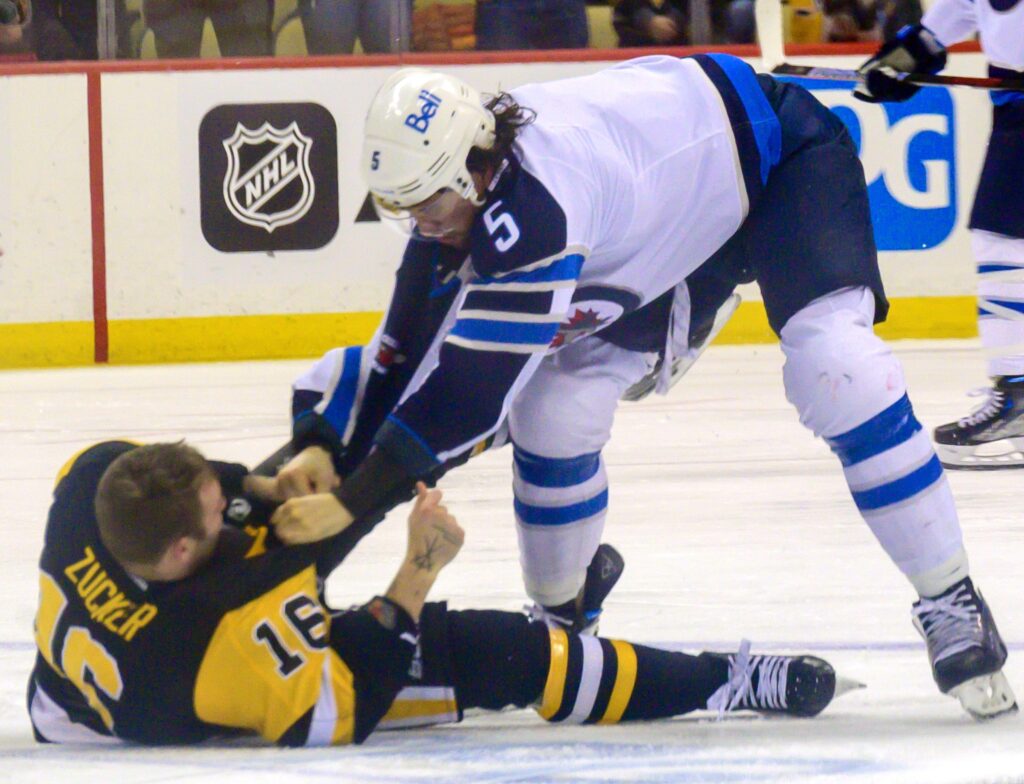
The study included a group of over 6,000 (6,039) NHL players between the periods of 1967 and spring 2022. The players were of comparable in height, weight and played in the same position, but the earlier death was linked to players who were enforcers.
They identified 331 as NHL enforcers.
Who are enforcers?
Dr Charles Popkins from the Columbia University Medical Center, led the research and identified enforcers as players who;
A: Players who had engaged in 50 or more fights across their career.
B: Players with an average of three or more penalty minutes per career game.
These two identifiers were called ENFORCER groups and a second set called CONTROL groups would have similar players who did not fall into these enforcer categories.
Fights and penalty minutes were used to determine exposure to any head trauma.
Findings
From the group findings, the researchers found that 26 players in the ENFORCER groups had died 10 years earlier than the comparable players in the CONTROL groups.
Of the fighting ENFORCERS, their average age at death was 47.5. The comparable CONTROL group had an average of 57.7.
Penalised ENFORCERS died at the average age of 45.2, compared to the 55.2 in the other group.
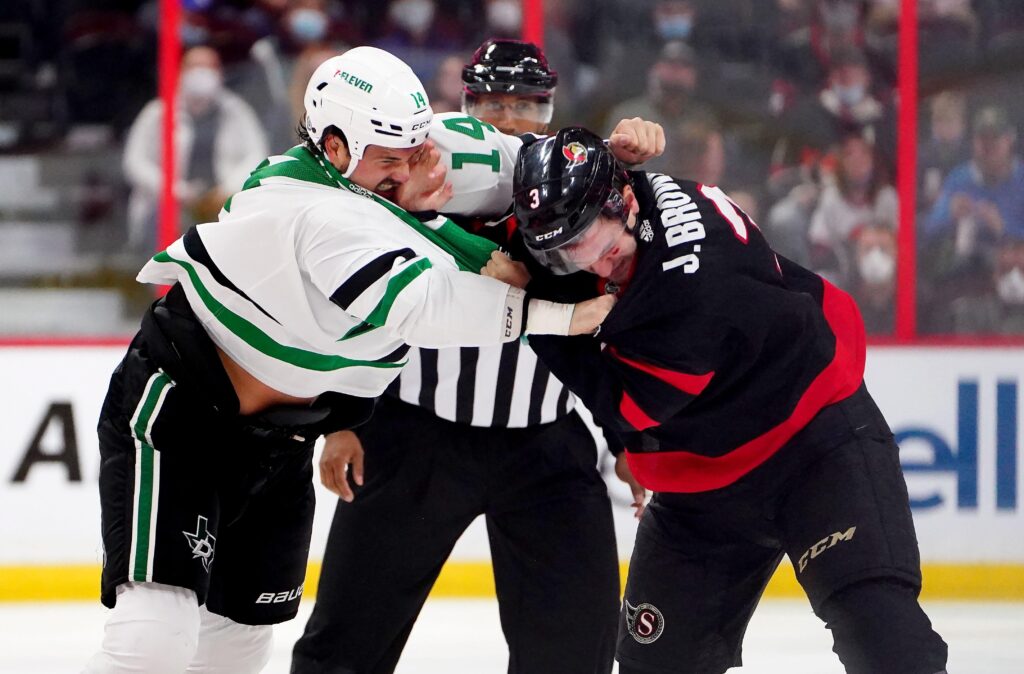
Of the 331 NHL enforcers, determined by those two metrics, they found that their average age of death was 10 years less than the players that weren’t involved in fights or had penalty minutes.
Among them, the researchers found two players who died following overdoses, three who took their own lives, four who died in vehicle accidents and two who suffered from neurodegenerative disorders.
What’s the solution?
Along with the findings published in the JAMA Network Open, the researchers also called for fighting in NHL games to be considered a misconduct penalty as well as for wider measures,
‘Re-emphasis on player safety and improving quality of life after a hockey career should renew discussion to make fighting a game misconduct penalty in the NHL.’
An end to fights?
According to one specialist in sports medicine and concussions, it should.
Speaking to the Globe and Mail, Dr Dave Ellemberg, Professor at the University of Montreal, said that the study should strengthen the argument for stopping fights in hockey games.
Dr Ellemberg was not part of the research but did believe it championed and end to dropping gloves.
‘Will this study be the straw that breaks the camel’s back? I hope so, but long before this study we had data that argued clearly in favour of abolishing fighting,’ he told the Globe and Mail.
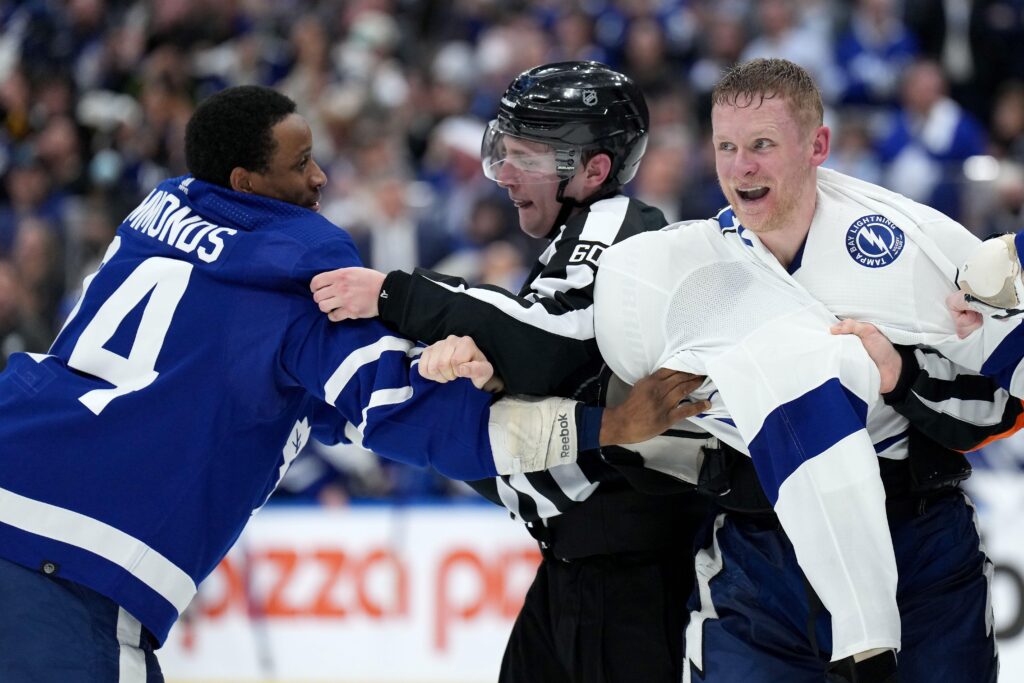
CTE
He also believes the study sheds even more light on Chronic Traumatic Encephalopathy (CTE). It’s a fatal brain disease which is caused by repeated brain trauma. Drug overdoses and the taking of one’s life, as identified in the study, are connected to CTE.
Conclusion
The researchers concluded their findings by saying that while fighting has decreased since the late 1980s, more needs to be done by major sports leagues like the NHL, to address an end to fighting.
‘With declining rates of fighting and a lack of evidence that fighting promotes attendance, winning, or player safety, it is time that the NHL aligns with other professional sports and eliminates fighting,’
